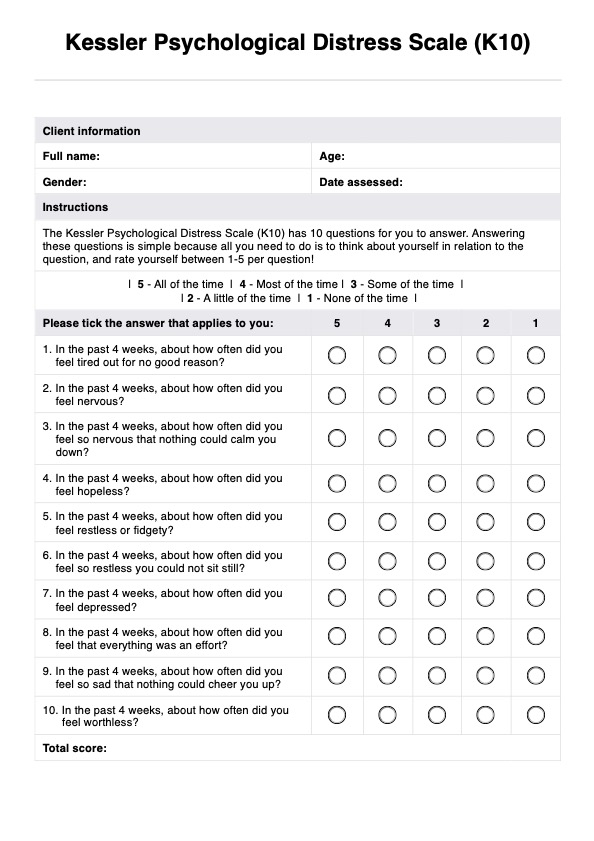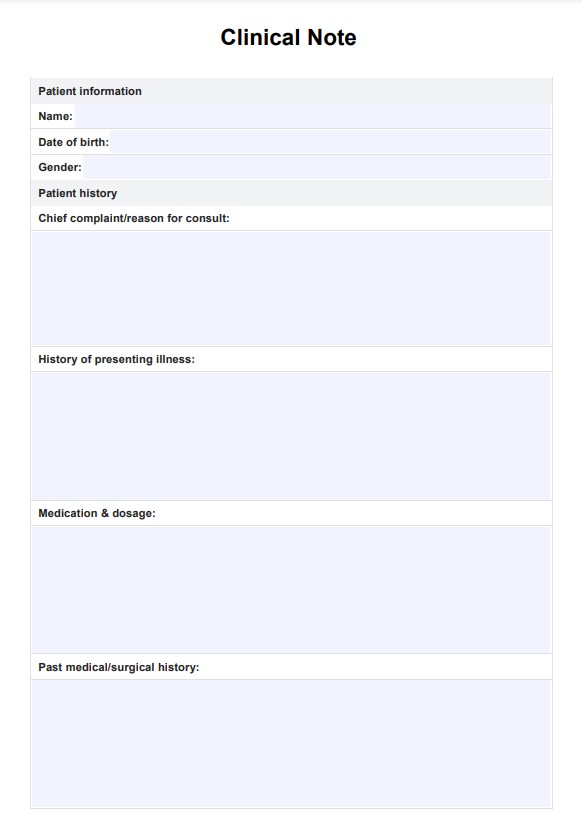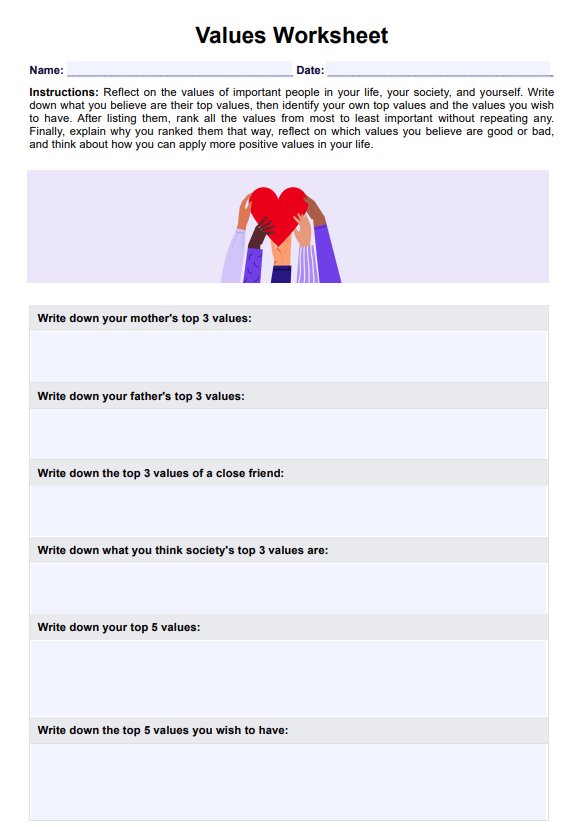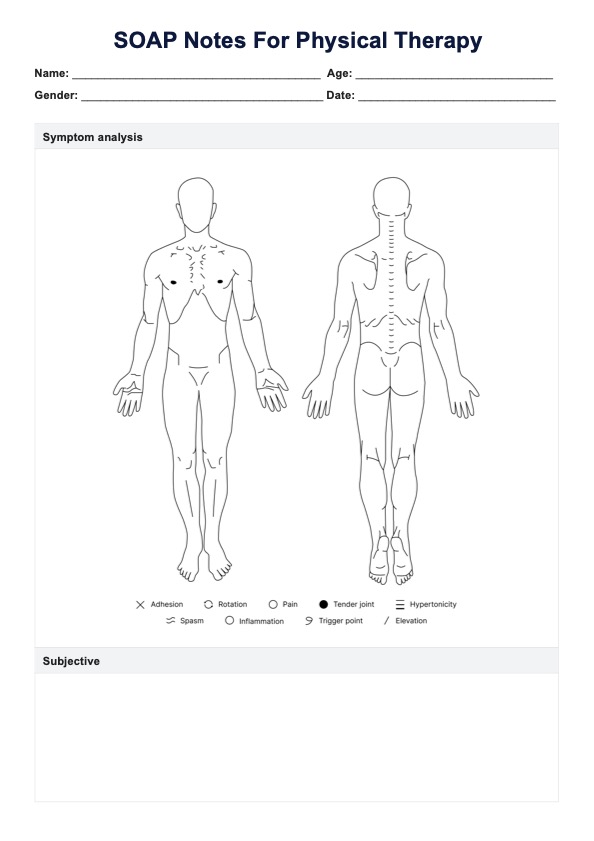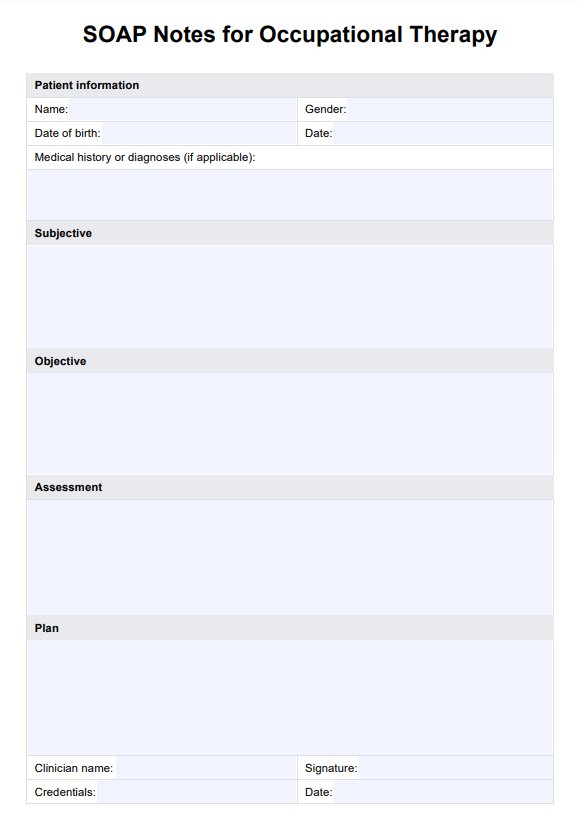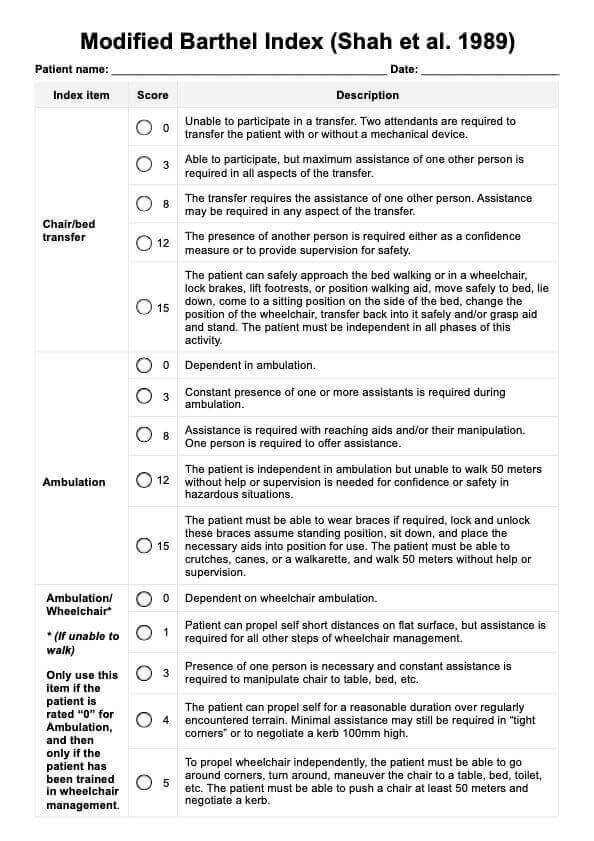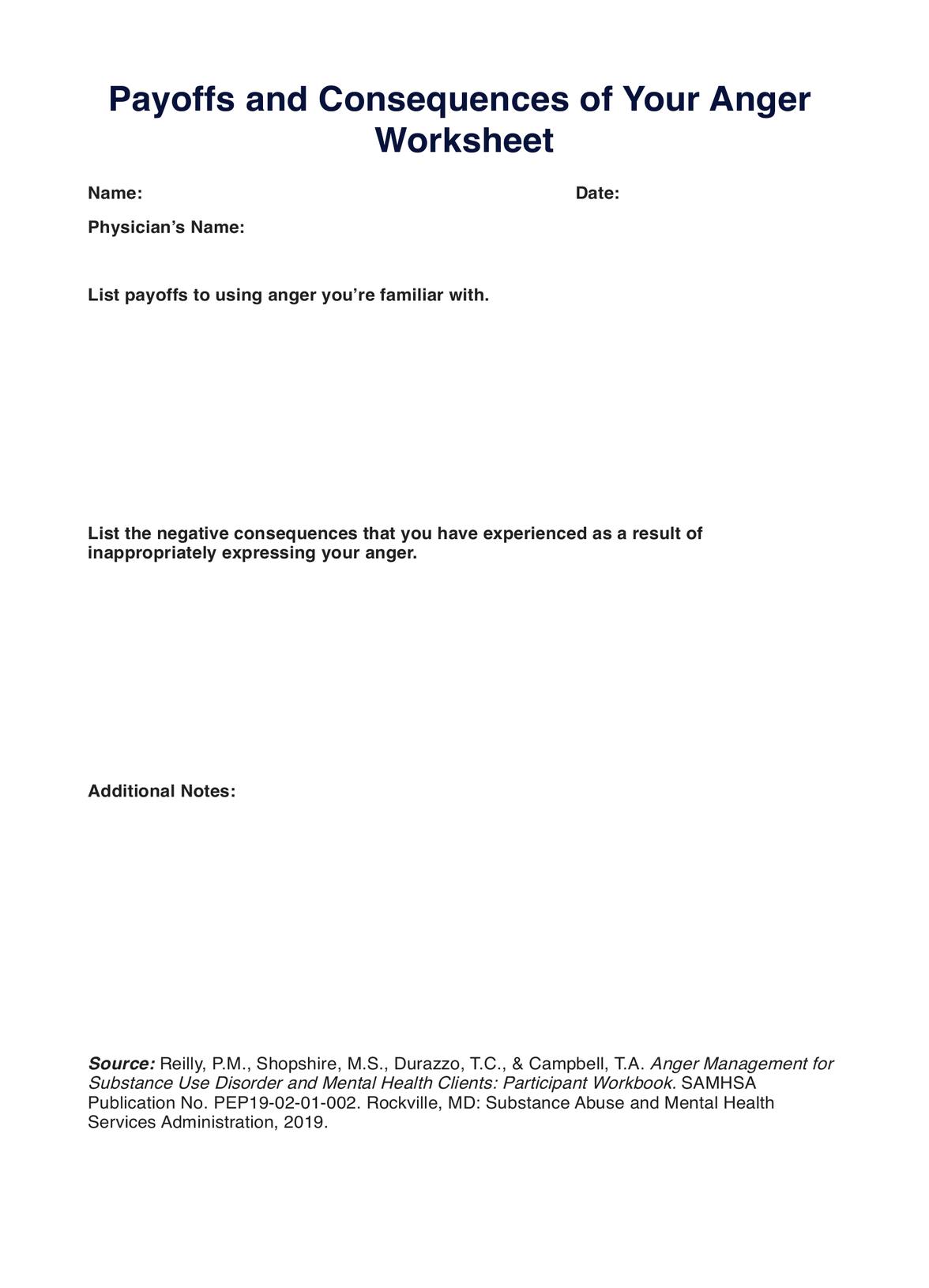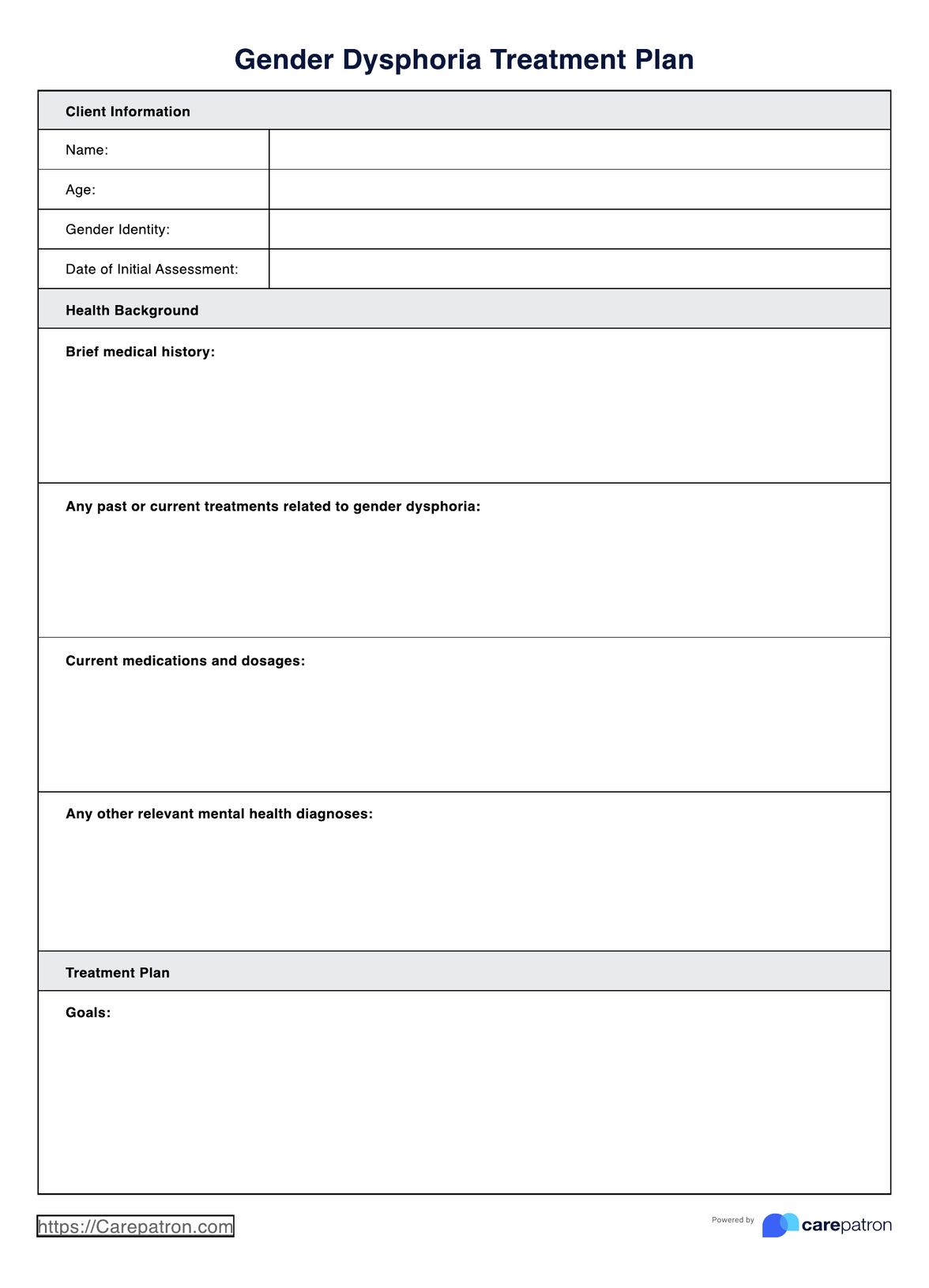Rancho Los Amigos Scale
Use the Rancho Los Amigos Scale to assess the cognitive functioning level of a patient recovering from a coma. Use it in practice today.


What is the Rancho Los Amigos Scale?
The Rancho Los Amigos Scale (can also be referred to as the Ranchos Scale or the Level of Cognitive Functioning Scale) is an assessment that was developed by the Rancho Los Amigos Hospital's head injury team to gauge the cognitive functioning of their patients who just woke up from a coma. It's a good tool for healthcare professionals to gauge how a patient is doing (both their cognitive and physical functions) as they recover from a head injury or traumatic brain injury that caused them to slip into a coma.
This scale provides insight into the patient’s cognitive responses, awareness, and ability to perform tasks. It guides clinicians in tracking a patient’s progress and planning appropriate interventions. The Scale was originally divided into eight levels, and when it was revised into the Rancho Los Amigos Revised Scale (RLAS-R), two more levels were added.
Each level represents different stages of recovery. Patients advance through these levels as their cognitive and motor functions improve. The ten levels describe changes in behavior, memory, and problem-solving abilities, starting from no response to stimuli (Level I) to full cognitive independence with minor challenges (Level X). Healthcare professionals assign a level by observing the patient’s responses to stimuli and behavioral patterns.
This tool is widely used because it requires minimal equipment—just a copy of the scale, a pen, and observation skills—making it an inexpensive yet effective assessment method.
Rancho Los Amigos Scale Template
Rancho Los Amigos Scale Example
How to use our Rancho Los Amigos Scale template
Our Rancho Los Amigos Scale template offers fields to document observations, interventions, and outcomes, making it a valuable tool for healthcare professionals. Below are the steps to use the template effectively:
Step 1: Access the template
You can access the template by clicking the "Use template" button for a customizable, fillable version or the "Download" button for a fillable PDF version. Both options provide easy access, depending on whether you need to customize or print it directly. Note that the template includes the Rancho Los Amigos Scale revised version, which is the latest version commonly used by healthcare professionals.
Step 2: Assess the patient
During your consultation or observation, use the template to record the patient’s cognitive, motor, and behavioral responses. Check for eye-opening responses, verbal abilities, motor control, and behavioral patterns. This step helps you determine the patient's current level of functioning on the Rancho Los Amigos Scale.
Step 3: Record the findings
Using the scale within the template, mark the appropriate level that corresponds with the patient’s observed behaviors and abilities. Include notes for specific observations or additional recommendations to tailor care plans based on the patient’s needs.
Step 4: Discuss the results with the patient or caregivers
Communicate the findings with the patient or their caregivers to ensure they understand the patient’s current condition and the treatment plan moving forward. Teach them how the scale works and what each level indicates, so they can actively participate in the recovery process.
This template serves as both an assessment tool and a communication resource for healthcare professionals and caregivers, helping ensure a well-coordinated approach to the patient’s recovery.
How to score the Rancho Los Amigos Scale
Scoring the Rancho Los Amigos Scale-Revised is straightforward. Instead of numerical scores, the patient receives a level designation based on their observed behavior and cognitive abilities. Below is a detailed list of the ten levels of the revised scale, including the required assistance, typical responses, and behaviors:
- Level I – No response: Total assistance. The patient shows no external stimuli responses and appears to be asleep.
- Level II – Generalized response: Total assistance. The patient reacts inconsistently and non-purposefully to external stimuli, with limited, repetitive responses.
- Level III – Localized response: Total assistance. The patient responds specifically to stimuli, such as turning toward a sound, though responses may be delayed. They react more to familiar people than strangers.
- Level IV – Confused/agitated: Maximal assistance. The patient exhibits bizarre, inappropriate behavior due to internal confusion rather than external stimuli. They have severely impaired short-term memory and limited focus.
- Level V – Confused, inappropriate non-agitated: Maximal assistance. The patient responds to simple commands but exhibits fragmented, inappropriate behavior when faced with complex tasks. They do not retain new information, and safety concerns persist.
- Level VI – Confused, appropriate: Moderate assistance. The patient follows commands and demonstrates goal-directed responses with external input. However, safety awareness is limited, and they struggle with recent memory.
- Level VII – Automatic, appropriate: Minimal assistance for daily living skills. The patient can initiate tasks themselves with only a need for only minimal assistance and requires at least minimal supervision for new activities. They have decreased judgment and safety awareness; beginning to be interested in social interactions and recreational activities.
- Level VIII – Purposeful, appropriate: Stand-by assistance. The patient is oriented to person, place, and time. They perform familiar tasks independently but may require stand-by assistance for new tasks and emotional support.
- Level IX – Purposeful, appropriate: Stand-by assistance on request. The patient can switch between tasks independently but may need assistance to anticipate obstacles. They respond well to emotional cues and compensatory strategies when needed. They are becoming more aware of safety concerns; responses are mostly appropriate.
- Level X – Purposeful, appropriate: Modified independent. The patient functions independently in daily life but may use assistive memory devices or require extra time. They manage tasks across different environments and make appropriate decisions, though stress may trigger frustration.
When is it best to use the Rancho Los Amigos Scale?
The Rancho Los Amigos Scale is most useful when assessing brain injury patients recovering from traumatic brain injuries (TBI), comas, or other neurological impairments. Healthcare professionals use the scale throughout the recovery process to monitor cognitive and behavioral progress, especially after the patient emerges from unconsciousness. It plays a crucial role in tracking the transition from unresponsiveness to purposeful actions.
The scale is not intended as a diagnostic tool but as part of a broader clinical assessment to support treatment planning and rehabilitation. It offers a way to monitor treatment effectiveness by evaluating changes in patient behavior, safety awareness, and cognitive function over time. Repeated assessments help determine whether interventions are working, need modification, or should include assistive memory devices to support recovery and independence.
Who can use the Rancho Los Amigos Scale for their work?
The Rancho Los Amigos Scale is a valuable tool for healthcare professionals working with brain injury patients, especially those recovering from TBI or other head injuries. It allows clinicians to assess the cognitive and behavioral responses of patients as they recover, helping to guide treatment strategies and monitor progress effectively.
Professionals across different disciplines can integrate the Rancho Los Amigos Scale into their practice, such as:
- Neurologists: These specialists use the scale to evaluate cognitive recovery and detect neurological impairments related to TBI or other conditions.
- Psychologists and psychiatrists: These mental health professionals assess how cognitive and behavioral issues affect the patient's well-being and adjust care plans accordingly.
- Rehabilitation therapists: Physical, occupational, and speech therapists employ the scale to develop interventions aimed at restoring motor functions, daily living skills, and communication abilities.
- Caregivers and family members: While primarily used by clinicians, caregivers can also use the scale to understand the patient’s level of functioning, facilitating the use of assistive memory devices and other strategies to improve the patient’s independence.
Commonly asked questions
The Rancho Los Amigos Scale assesses cognitive and behavioral functioning in brain injury patients recovering from traumatic brain injury (TBI) or other head injuries. It helps healthcare professionals monitor recovery, develop care plans, and guide interventions based on the patient’s cognitive level.
The Glasgow Coma Scale evaluates a patient’s level of consciousness through eye, verbal, and motor responses, often used during the acute phase after a brain injury. In contrast, the Rancho Los Amigos Scale focuses on cognitive recovery and behavioral responses, helping assess long-term progress and functioning throughout the rehabilitation process.
There are ten levels on the Rancho Los Amigos Scale's revised version, ranging from Level I: No Response (total assistance) to Level X: Purposeful, Appropriate (modified independent). Each level reflects the patient's cognitive and behavioral progress, from no response to independent functioning with occasional compensatory strategies.


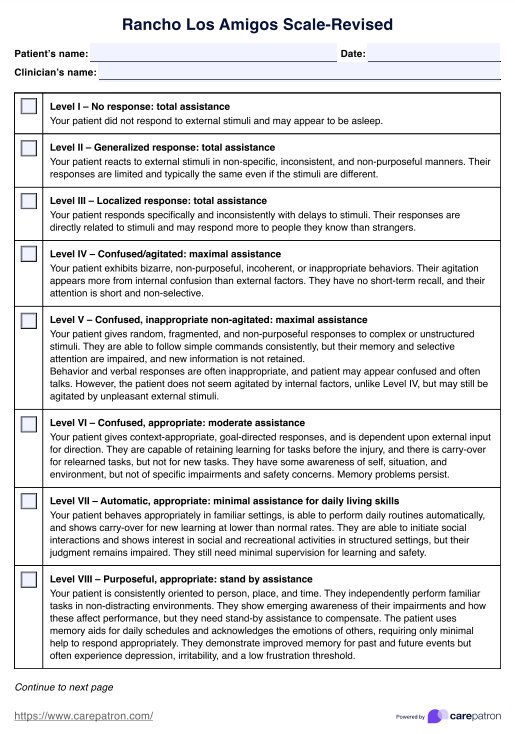
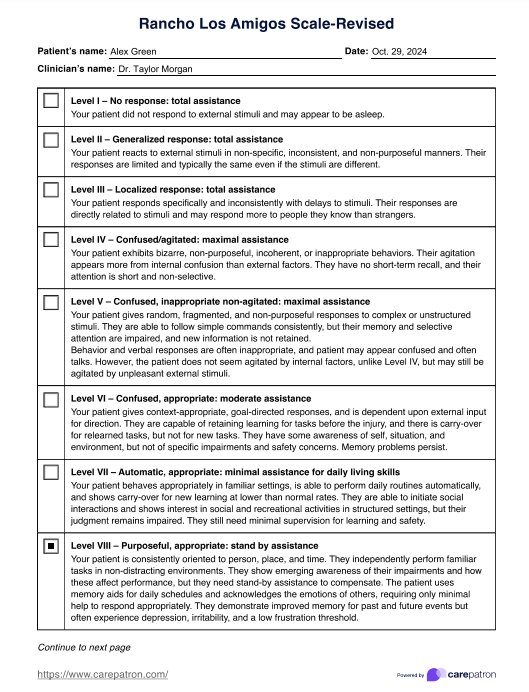


















-template.jpg)

















































































